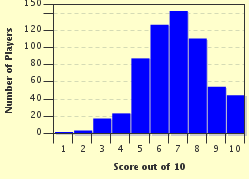Quiz Answer Key and Fun Facts
1. Traditionally, in Belgium, they had two different Santa figures, both who visited on Dec 6th. Pere Noel visited the French speakers in the country. What was the name of the second Santa?
2. In which country, on the Baltic Sea, does tradition find people visiting cemeteries on Christmas Eve?
3. What would you likely do with this caterpillar in South Africa at Christmas time?
4. In North America, children frequently leave the items seen here for Santa. What is often left for him instead in Ireland?
5. What role does this animal (well not this one specifically but one he represents) play in Icelandic Christmas tradition?
6. In which Scandinavian country would you find this massive creature?
7. Are you likely to find one of these things decorating a Christmas tree in the Ukraine?
8. Between December 16th and 24th, why are you likely to find streets closed to traffic in Caracas, Venezuela, in the early hours of the morning?
9. In North America, a traditional Christmas dinner consists of turkey. What meat is usually served for Christmas in Kenya?
10. This Christmas fixture originated in Germany. Which British monarch is considered responsible for popularising its use throughout the Empire?
Source: Author
skunkee
This quiz was reviewed by FunTrivia editor
gtho4 before going online.
Any errors found in FunTrivia content are routinely corrected through our feedback system.


